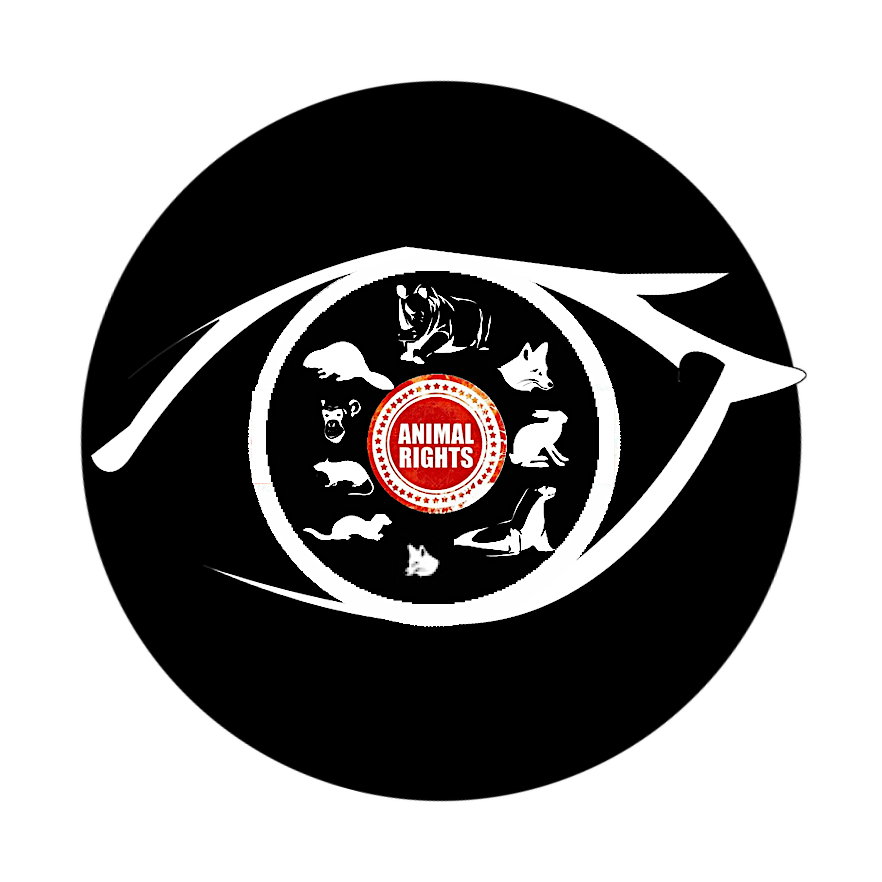'Human zoos' in the US and Europe kept ‘primitive natives’ in enclosures so people could gawk and jeer at them. Black and Asian people were cruelly treated as exhibits attracted millions of tourists. African tribal members were required to wear traditional clothing intended for the equatorial heat, even in freezing temperatures, and Filipino villagers were made to perform a dog-eating ritual over and over to shock the audience. Few expressed objection to the sight of a human being in a cage with monkeys as companions.
RARE HISTORICAL PHOTOS: In the late 19th and early 20th centuries, the Western world was desperate to see the “savage,” “primitive” people described by explorers and adventurers scouting out new lands for colonial exploitation. To feed the frenzy, thousands of indigenous individuals from Africa, Asia, and the Americas were brought to the United States and Europe, often under dubious circumstances, to be put on display in a quasi-captive life in “human zoos”… Human zoos could be found in Paris, Hamburg, Antwerp, Barcelona, London, Milan, and New York City.
Carl Hagenbeck, a merchant in wild animals and future entrepreneur of many zoos in Europe, decided in 1874 to exhibit Samoan and Sami people as “purely natural” populations. In 1876, he sent a collaborator to the Egyptian Sudan to bring back some wild beasts and Nubians. The Nubian exhibit was very successful in Europe and toured Paris, London, and Berlin. In 1880, Hagenbeck dispatched an agent to Labrador to secure a number of Esquimaux (Eskimo / Inuit) from the Moravian mission of Hebron; these Inuit were exhibited in his Hamburg Tierpark…
These shocking rare photographs show how so-called ‘human zoos‘ around the world kept ‘primitive natives’ in enclosures so Westerners could gawp and jeer at them. The horrifying images, some of which were taken as recently as 1958, show how black and Asian people were cruelly treated as exhibits that attracted millions of tourists…
At the human zoos of the early 20th century, the indigenous people on display faced a number of challenges. African tribal members were required to wear traditional clothing intended for the equatorial heat, even in freezing December temperatures, and Filipino villagers were made to perform a seasonal dog-eating ritual over and over to shock the audience. A lack of drinking water and appalling sanitary conditions led to rampant dysentery and other illnesses…
In the end, there was no outrage over the subjugation of humans that put an end to human zoos. In the years leading up to World War II and beyond, the public’s time and attention was drawn away from frivolity and toward geopolitical conflict and economic collapse. By the middle of the 20th century, television replaced circuses and traveling “zoos” — human or otherwise — as the preferred mode of entertainment, and the display of indigenous people for entertainment fell out of fashion.
Although, according to The New York Times, “few expressed audible objection to the sight of a human being in a cage with monkeys as companions”, controversy erupted as black clergymen in the city took great offense. “Our race, we think, is depressed enough, without exhibiting one of us with the apes,” said the Reverend James H. Gordon, superintendent of the Howard Colored Orphan Asylum in Brooklyn. “We think we are worthy of being considered human beings, with souls”. SOURCE…
RELATED VIDEOS:

